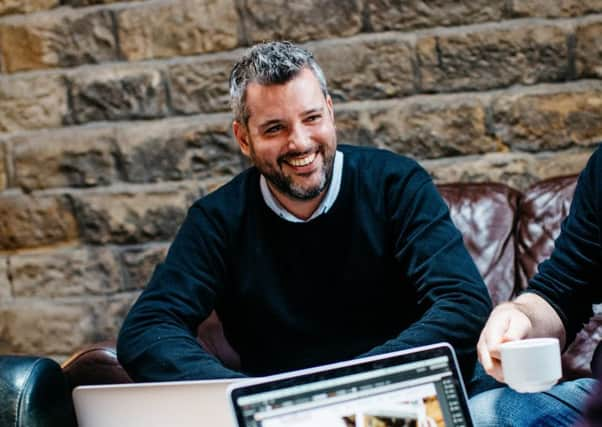Tricks of the trade put us at ease


Complaints about the time it took for luggage to arrive for collection at the airport were consistently high, so they did the obvious, hired more baggage handlers, and reduced the waiting time to just eight minutes, well within industry benchmarks.
But the complaints kept piling up.
Eventually they hit upon a novel idea.
When planes docked at the terminal, the luggage was allocated to the most distant carousel, so passengers had to walk six times further to collect their bags.
Complaints immediately dropped to near zero.
Advertisement
Hide AdAdvertisement
Hide AdThe more time people spent walking, the less time they spent waiting, and the happier they were.
There are many examples of behavioural design like this, much of it unnoticed.
And I think it’s fascinating.
It’s no coincidence that fresh fruit and veg are usually the first foods we encounter in supermarkets - they know that once we have tossed a lettuce in our trolley, we will have given ourselves permission to be a little more indulgent by the time we get to the ice cream.
When bank machines were first introduced, early customers did not trust them to dispense the correct amount of money.
Advertisement
Hide AdAdvertisement
Hide AdSo engineers introduced a loud whirring sound to simulate counting.
And that is not the only fake sound we might hear.
Skype calls use low white noise to reassure us that we are connected, phones emit an artificial shutter sound when we take a photo, and some modern cars have speakers hidden in the dashboard to make a computer-generated engine roar when we push the pedal.
BMW euphemistically call this Active Sound Design.
By Guy Cookson, Partner at Hotfoot Design